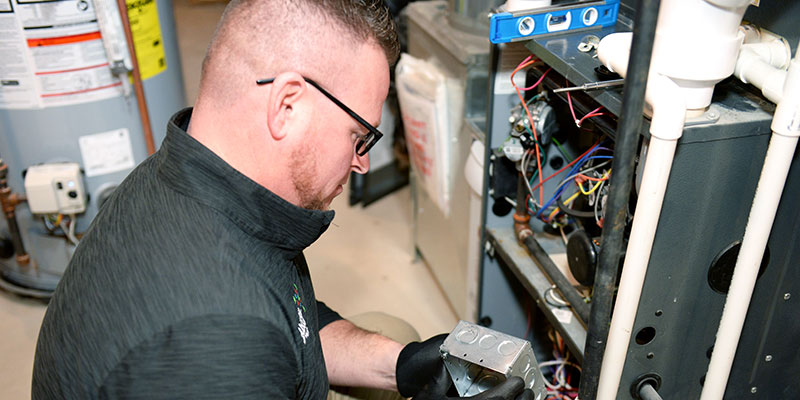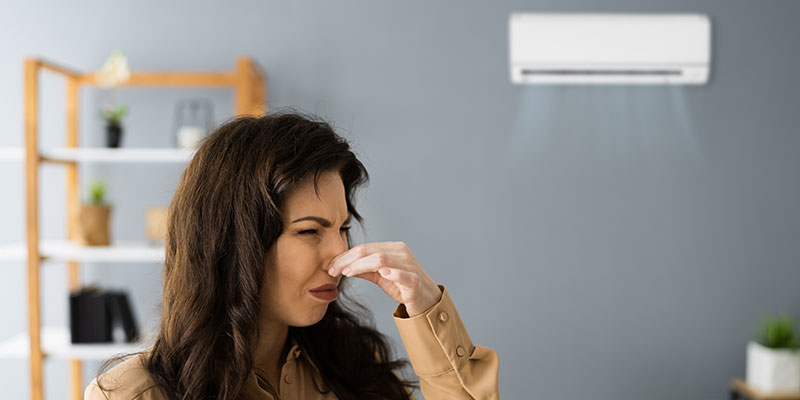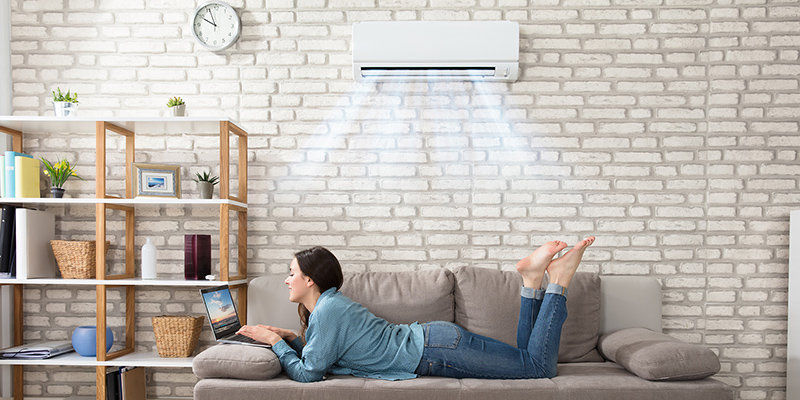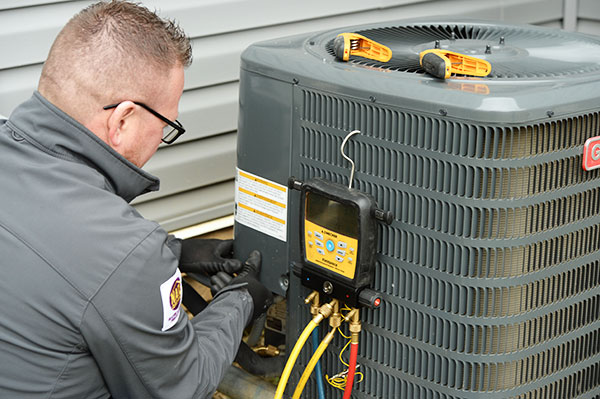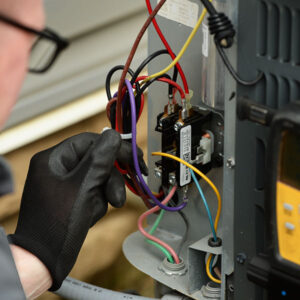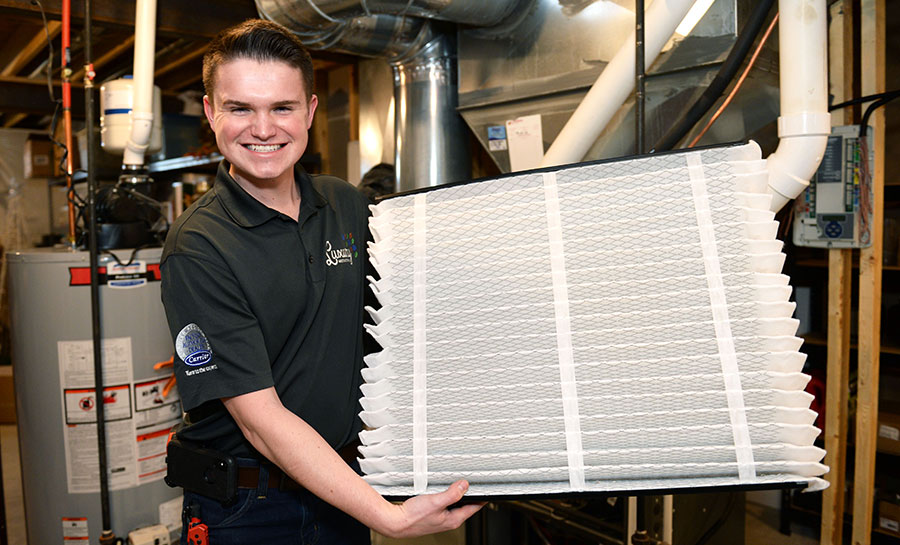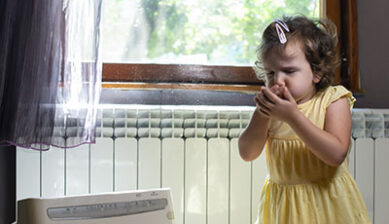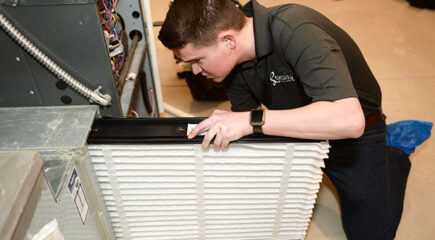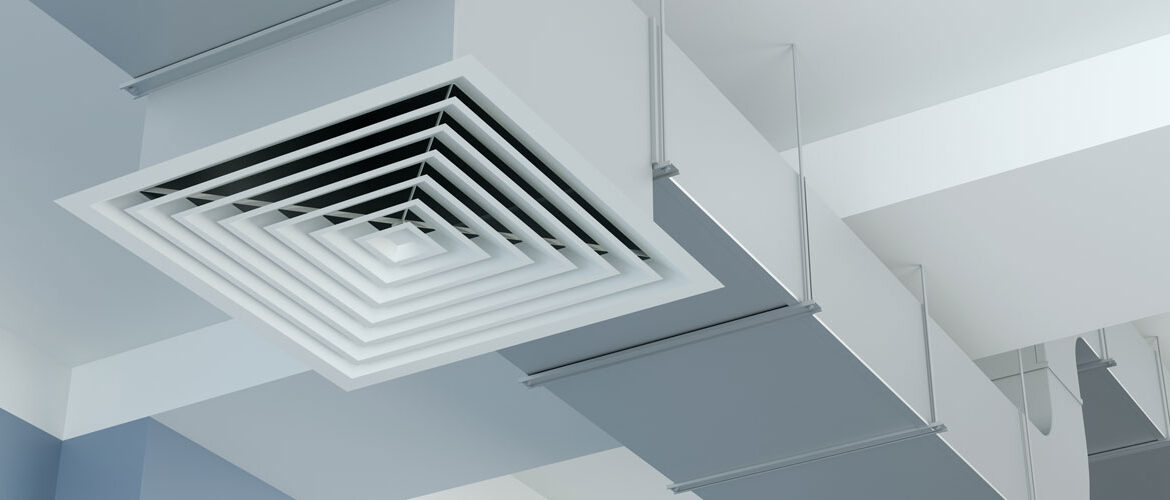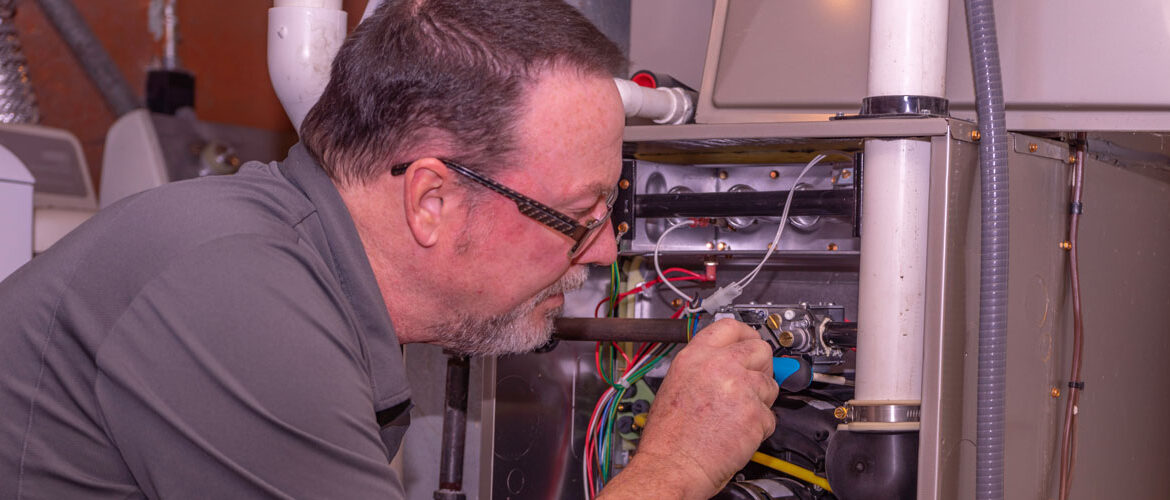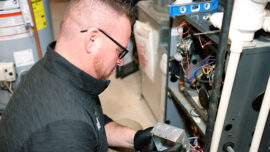Setting Your Thermostat, Tips for Extreme Heat
Why Your Air Conditioner Might be Running Non-Stop in Extreme Heat
In extreme heat like we’re experiencing now, it’s normal for your air conditioner to run continuously and still struggle to maintain your set temperature. While your system is designed to keep your home comfortable, air conditioners in our region are typically sized based on historical climate averages—not for prolonged periods of 100-degree heat. As a result, your system may have difficulty reaching and maintaining the exact temperature you’ve set on especially hot days.
3 Tips for Adjusting Your Thermostat Settings

1. Temporarily Disable Scheduling
If your thermostat follows a schedule (e.g., allowing the temperature to rise while you’re away), it may struggle to return to your desired temperature in this extreme heat. We recommend turning off the schedule temporarily to maintain consistent cooling throughout the day.
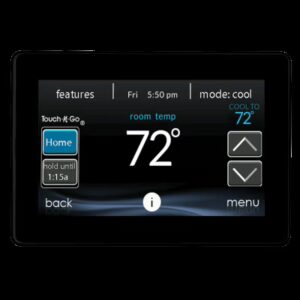
2. Set a Realistic Temperate and Avoid Large Temperature Swings
Drastically lowering the thermostat won’t cool your home faster—it just keeps your system running longer without achieving desired result. Instead, lower the temperature gradually to prevent strain.

3. Don’t Expect Immediate Results
During extremely hot days, your air conditioner may take significantly longer to cool your space—even by just one degree. In some cases, it may not reach the set temperature until the outdoor temperature begins to drop.

4. After a Repair
If your system was recently repaired, please be aware that it may still take time to cool your home effectively. Even with improved performance, the system will be working under heavy strain due to the high temperatures and may not fully reach your set temperature until the weather moderates.
Before You Call for Service: Quick AC Troubleshooting Tips
If your air conditioner isn’t keeping up with the extreme heat, here are a few things to check before scheduling a service visit:
Check the Air Filter
A dirty or clogged filter can restrict airflow and significantly reduce your system’s efficiency. Replace or clean the filter if needed.
Inspect the Outdoor Unit
Make sure the outdoor coils are clear of dirt, leaves, and debris. Blocked coils can prevent your system from cooling effectively.
Check the Breaker
A tripped breaker can stop your AC from working. If this has happened—possibly due to a storm or power surge—reset the breaker and see if the system resumes normal operation.
Feel the Airflow
Is cool air coming from the vents? If so, your system is likely functioning, but struggling to keep up with the extreme temperatures. In high heat, even well-operating systems can have difficulty reaching your set temperature.
Still Having Trouble? Our Team is Here to Help!
If you’ve gone through the basic checks and your system still isn’t performing as expected, please don’t hesitate to contact us. We’re happy to assess your situation and do everything we can to help keep your home comfortable during this heatwave.
We truly appreciate your patience during this time. Extreme temperatures often lead to a surge in system issues, and our team is working hard to respond to service calls, source and install parts, and replace systems as needed. We apologize for any delays and want to assure you that your comfort is our top priority. We’re here to help—every step of the way.



